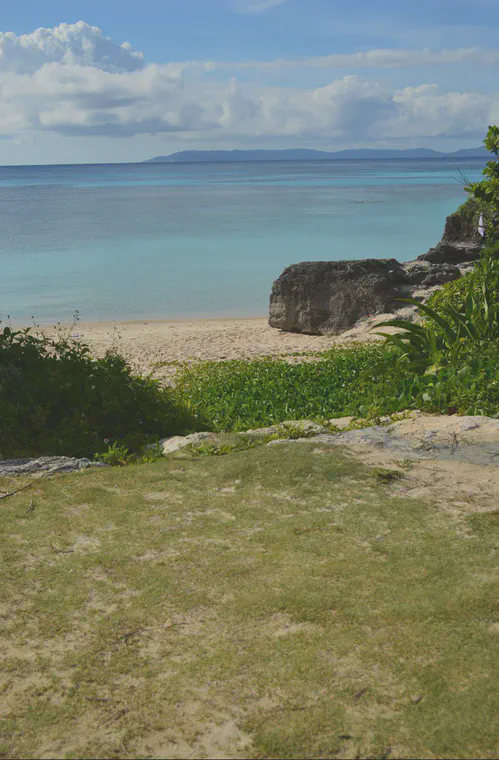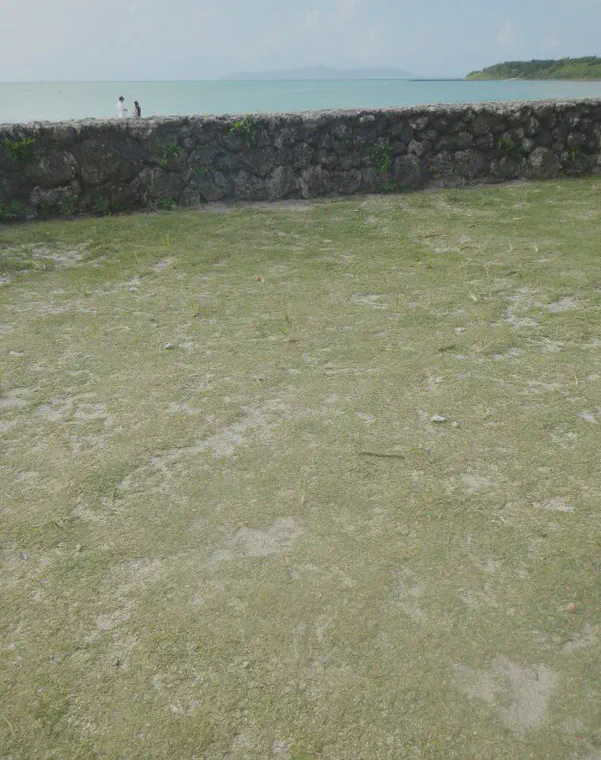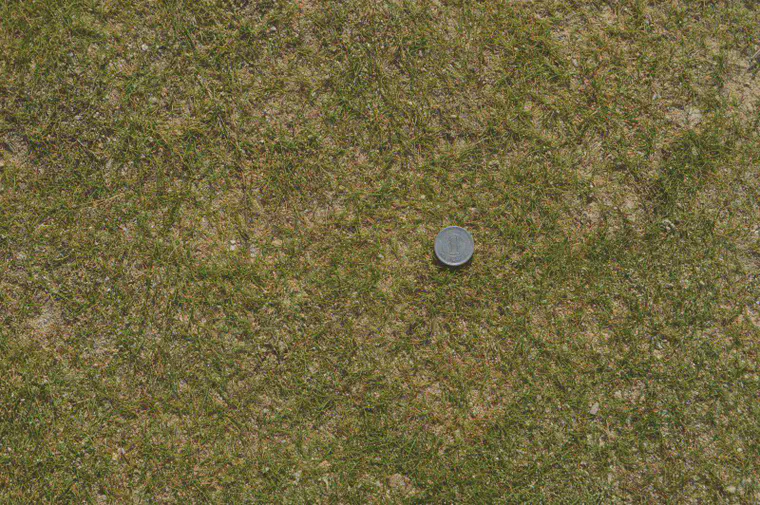Sand, leading to more growth, needing more sand, leading to more growth, needing more sand
Frank Rossi and Dan Dinelli had an interesting conversation on Turfnet Radio. I learned a few things, and I even agree with some of what they discussed. But not all of it.
The first thing that came to mind when I heard them talking about sand and growth was lawns beside the ocean. More about that later.
If you jump to the 30:40 mark of the podcast, Dinelli says, “I’m convinced that the more sand we put down, the more biomass, the more organic matter we develop. And I know that is counterintuitive.”
It sure is. Because I’m thinking of a lawn next to a beach, where windblown sand just keeps coming and coming. Or I’m thinking of the 7th hole at Sandpines in Florence, OR.
In the situation I’m thinking of, the sand is not a cause for organic matter development. Back to the podcast.
When asked about this, Rossi took his turn as the guest and answered that he would say there are two components to it. First, there may be nutrient or PGR programs that need to be addressed.
Then he said this:
When you aggressively verticut you thin that stand and then you incorporate sand into it and I believe that leads to even more biomass production and that’s the chasing the tail part … you have to thin it out … to make room for the sand, but by doing that, aren’t you stimulating more growth?
I don’t think that’s how it works. If it is, sand isn’t the cause of it. And I don’t think verticutting is either. Growth is affected by temperature, and light, and nitrogen, and water. Those are the primary things that influence it. Put simply, more of them and there will be more growth. Less of them, and there will be less growth.
So let’s go back to the beach. Or to a lawn beside a sand dune. Let’s hold N constant. We’ll provide whatever you consider a miniscule N rate to our beachside or duneside lawn. We’ll need to make sure the grass has enough water. Let’s make sure the soil is kept just above the wilting point. The grass won’t wilt, but that’s all the water that is supplied. And let’s set the temperature to be optimum for growth, and we’ll make the light optimum too.
Now let’s divide the lawn into three parts. One part has a barrier that keeps sand from blowing across it. This is no sand, miniscule N, soil water maintained just above the wilting point, with optimum temperature and light. With that N rate and irrigation rate, do you expect a lot of biomass production? I don’t.
But I’m pretty sure that part of the lawn protected from topdressing is going to have more biomass production than the second part of the lawn, where I allow sand from the beach (disregard any salt effects here, and just consider sand) or adjacent dune to blow across at topdressing rates throughout the season, depositing let’s say 1.2 cm of sand over the course of the season. Remember, we are growing this grass with a miniscule N rate and irrigation just to keep the soil above the wilting point.
I think the section of my lawn where I restrict the sand completely is going to develop more organic matter. And then there is the third section of my lawn, where I don’t restrict the sand at all. In that case I have a dune at the end of the season and the grass is dead, producing no organic matter at all.
If verticutting and sand topdressing are producing too much organic matter, please consider what would happen if you continued to verticut and sand topdress while stopping all fertilizer and all irrigation. The organic matter production would stop, because the grass would die.
Here’s the kind of situation I’m thinking of. These are all manilagrass (Zoysia matrella). Some people think of this species as having heavy thatch.



Plant it beside a beach, give it a very slow growth rate, and then add sand, and you get no thatch at all. You do get something that would probably be a better turf if less sand were added to it.
Isn’t the growth rate largely a fertilizer (especially N) and a water issue? I don’t see how sand and verticutting cause the grass to grow more.